Auburn University Regional Airport in Auburn, Ala. faced a unique challenge during its taxiway extension project—contending with an abandoned, capped landfill.
The airport extended Taxiway Charlie by 2,200 feet, including two connecting taxiways. This extension connects the Runway 36 threshold with the new terminal development area and eliminates the need for aircraft to make routine midfield crossings. However, to make this connection, the taxiway extension needed to cross an inert landfill.
"The project had to go over a capped landfill that's been in existence for over 25 years," said Airport Director Bill Hutto. "When the landfill was originally put in place, airfield development wasn't envisioned in that location.
"The taxiway extension is an important safety project for us," Hutto continued. "Before the extension, aircraft were crossing the main runway at midfield. With this project, we completed a full-length parallel taxiway on the east side of the airport."
Design Challenges
At the beginning of the project, officials hoped the existing dirt would be strong enough to support the taxiway extension over the abandoned landfill.
However, geotechnical subsurface exploration revealed approximately 12 feet of compressible landfill debris containing topsoil, vegetative debris, construction waste and scrap metal under a 2 to 3-foot cap of clay. This clay had to be excavated and replaced to construct a stable foundation for the taxiway extension and its associated safety area.
"In addition to the logistical and design challenges, this presented an escalating project cost as well as the potential need to dig out large portions of the landfill area and truck it 17 miles away for disposal at a landfill," said Garver Project Leader Courtney Tomberlin.
Garver coordinated with the Alabama Department of Environmental Management (ADEM) early in the project and with regular meetings to help achieve environmental compliance, which resulted in ADEM's concurrence with the project's methodology.
Given the unique project challenges, which also included a high-pressure gas main running along the project's perimeter, Garver implemented early and detailed coordination with regulatory agencies and municipal jurisdictions to prevent any surprises and to secure project support.
"Garver was very helpful in putting together good data, information and research to present to the FAA and the state—who ultimately funded that portion of the project," Hutto said.
Excavating the Landfill
Garver's engineers determined the landfill boundaries and estimated how much debris needed to be removed and replaced.
"We knew that we'd need a significant amount of borrow fill to get the proper base laid for the taxiway," said Garver Project Engineer Zac Simpson. "It ended up being 29,000 cubic yards of landfill excavation."
Construction contractor D&J Enterprises of Auburn implemented a creative solution to reuse the excavated landfill material. In essence, the material was removed from the taxiway footprint and sorted. Organic soil was reused by local landscapers, trees were chipped and reused for mulch, metals were salvaged for recycling, and topsoil was reused to cap the project's embankments.
"Only 10 percent to 12 percent of the 29,000 cubic yards of landfill material was transported to another landfill," Hutto said. "That's a significant reduction that is environmentally friendly."
Just in Time
While this project proved more complex than initially expected, the Taxiway Charlie extension is making airfield operations safer.
"The taxiway extension is part of the University's and local community's efforts to continue to improve our airport and better serve our aviation clients," Hutto said. "Garver did the job right from the start, and this project has been one more step in our goal to foster aviation in Lee County."
The new taxiway opened just in time for Auburn's September NCAA football matchup with Louisiana State University, which quickly filled the airport with fans' aircraft.
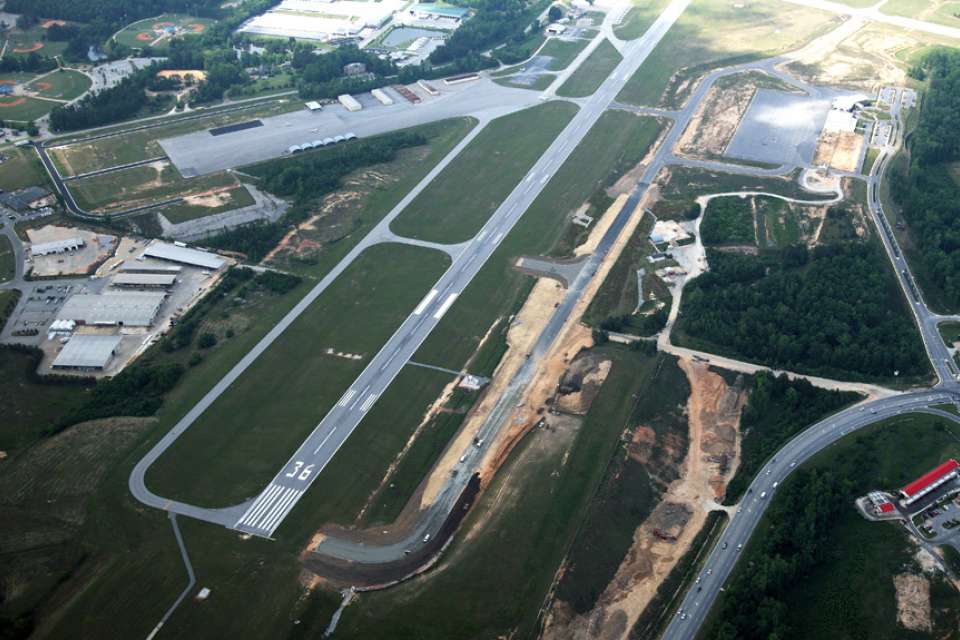
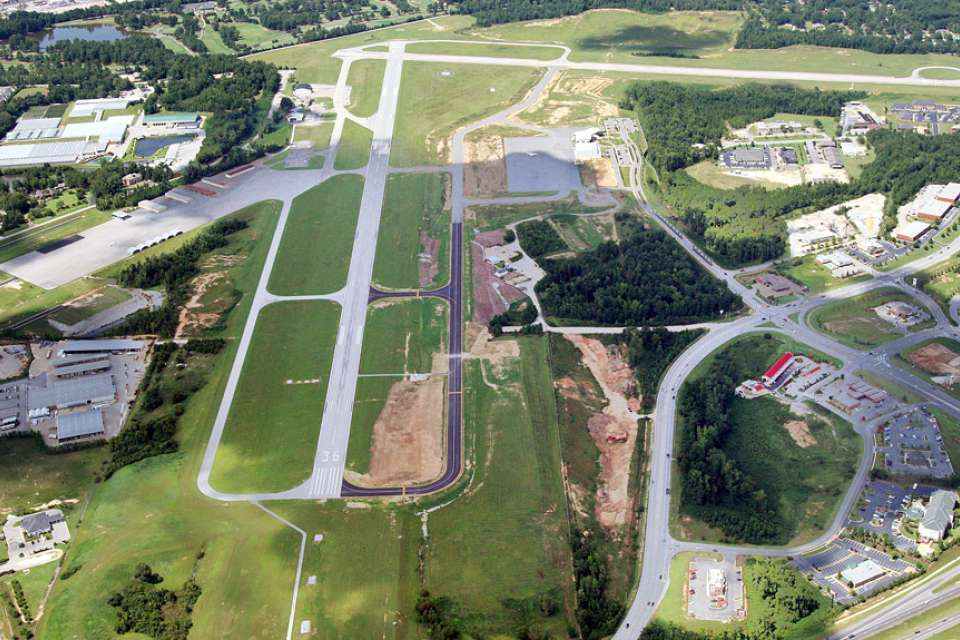
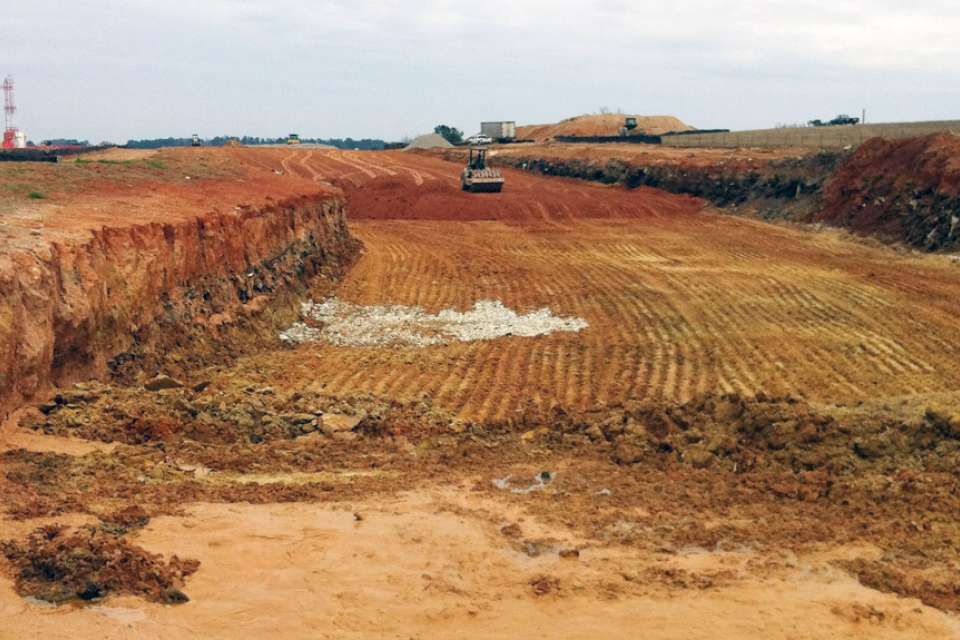
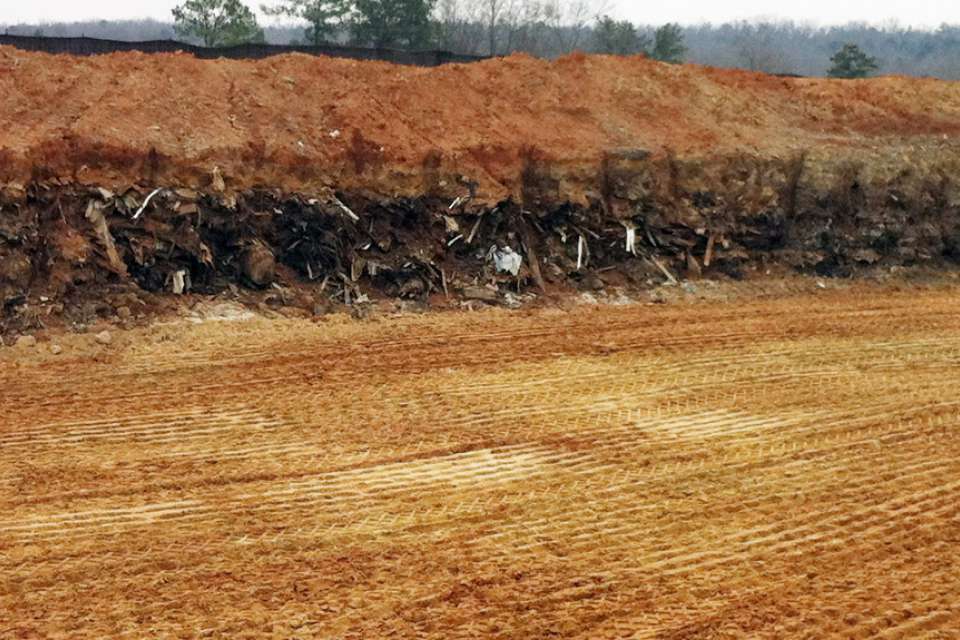
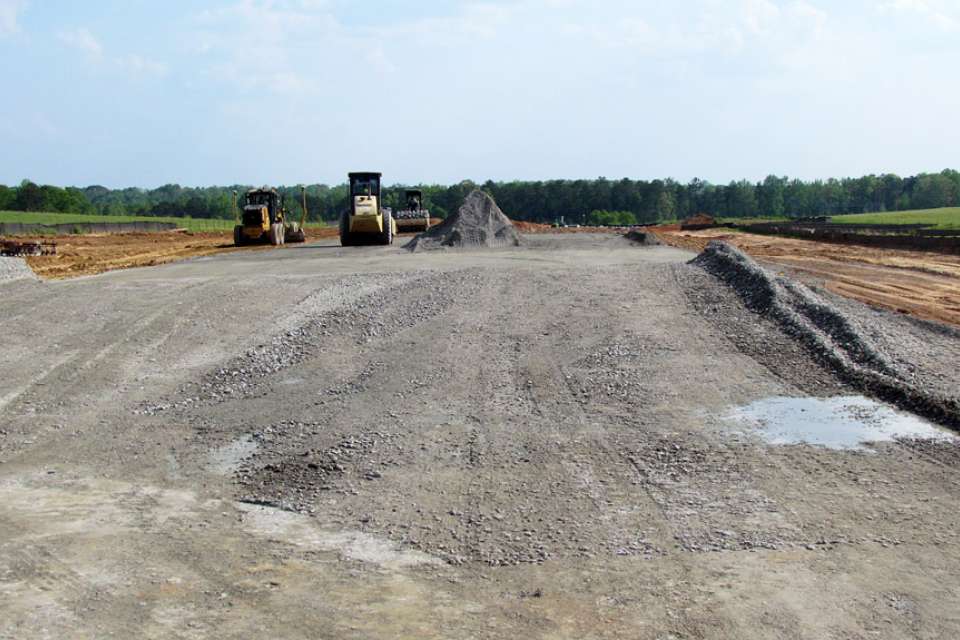
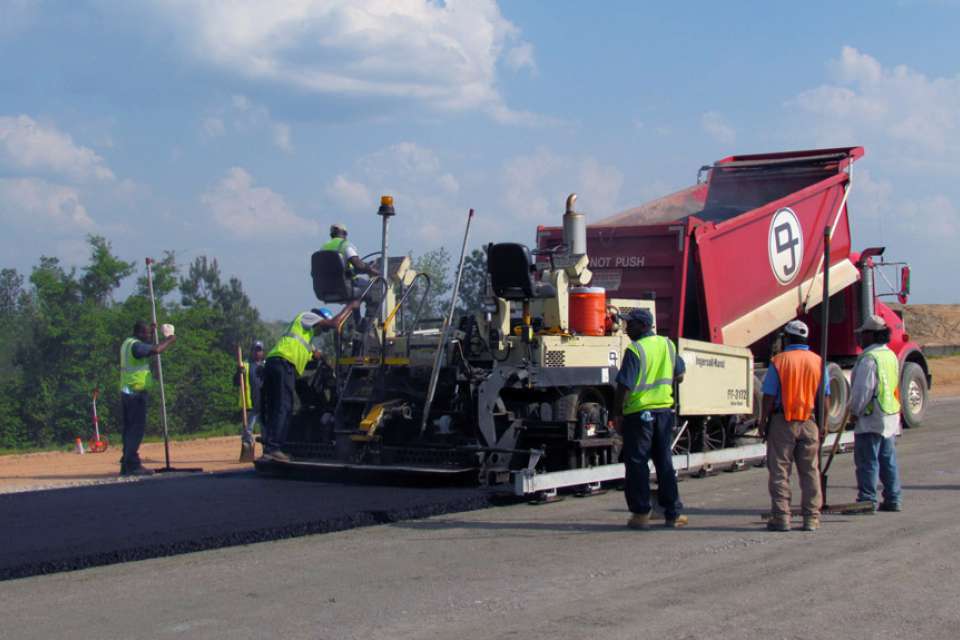
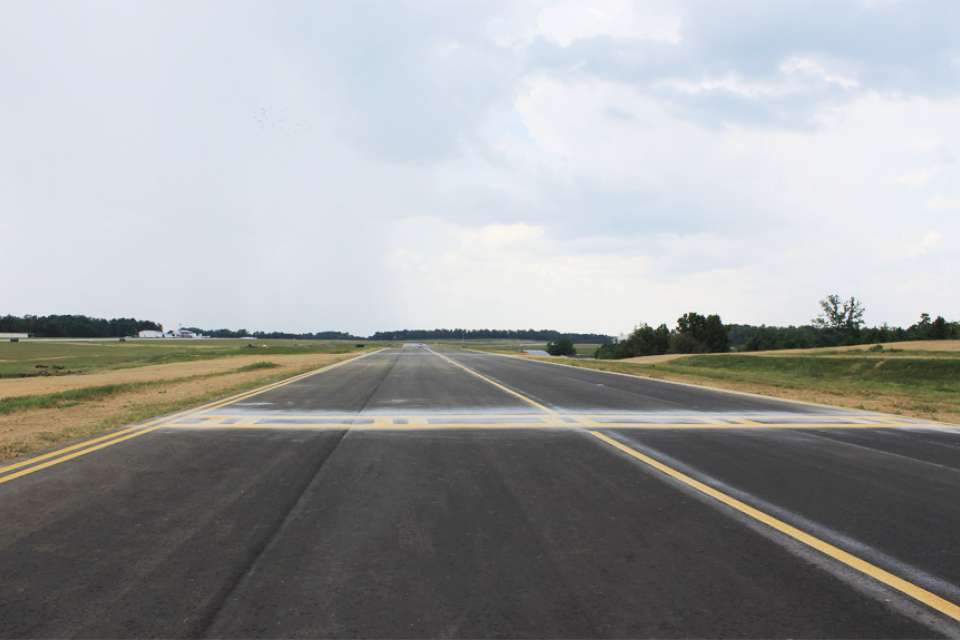
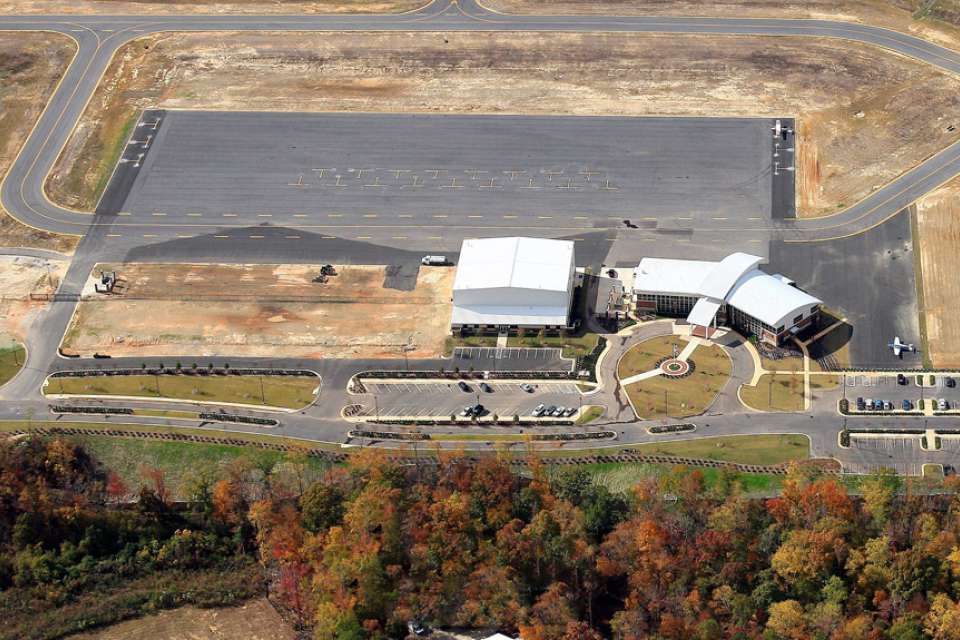

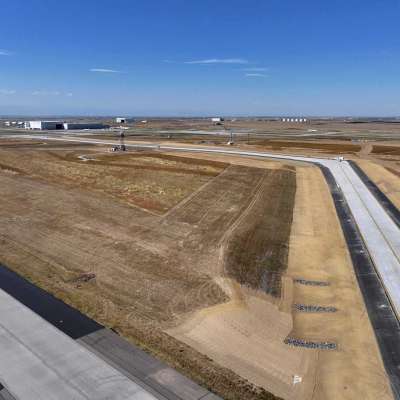
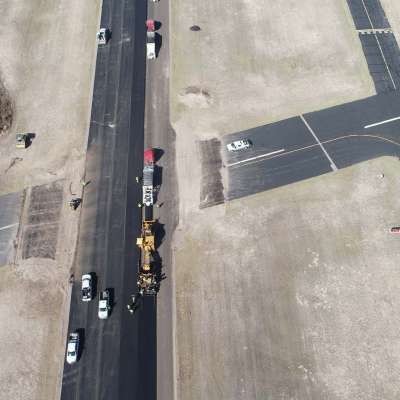
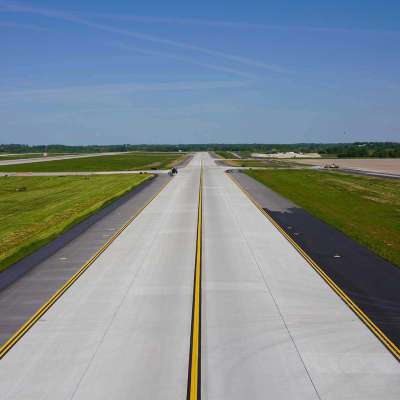
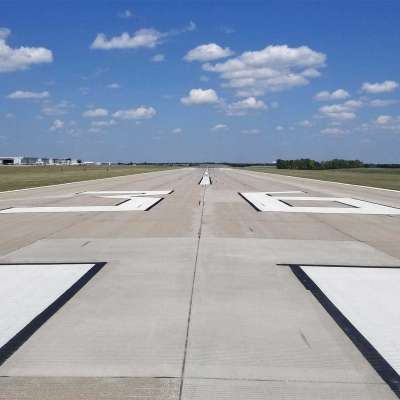

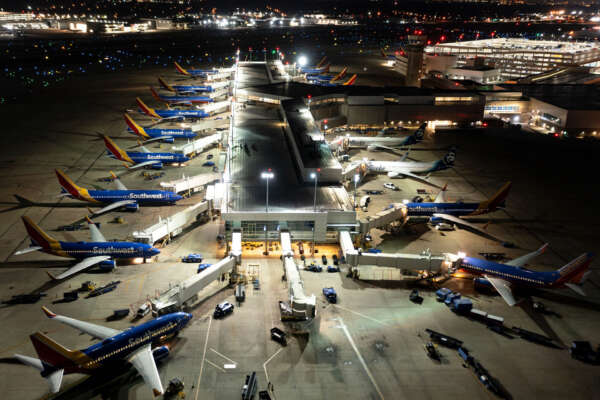







Share this article